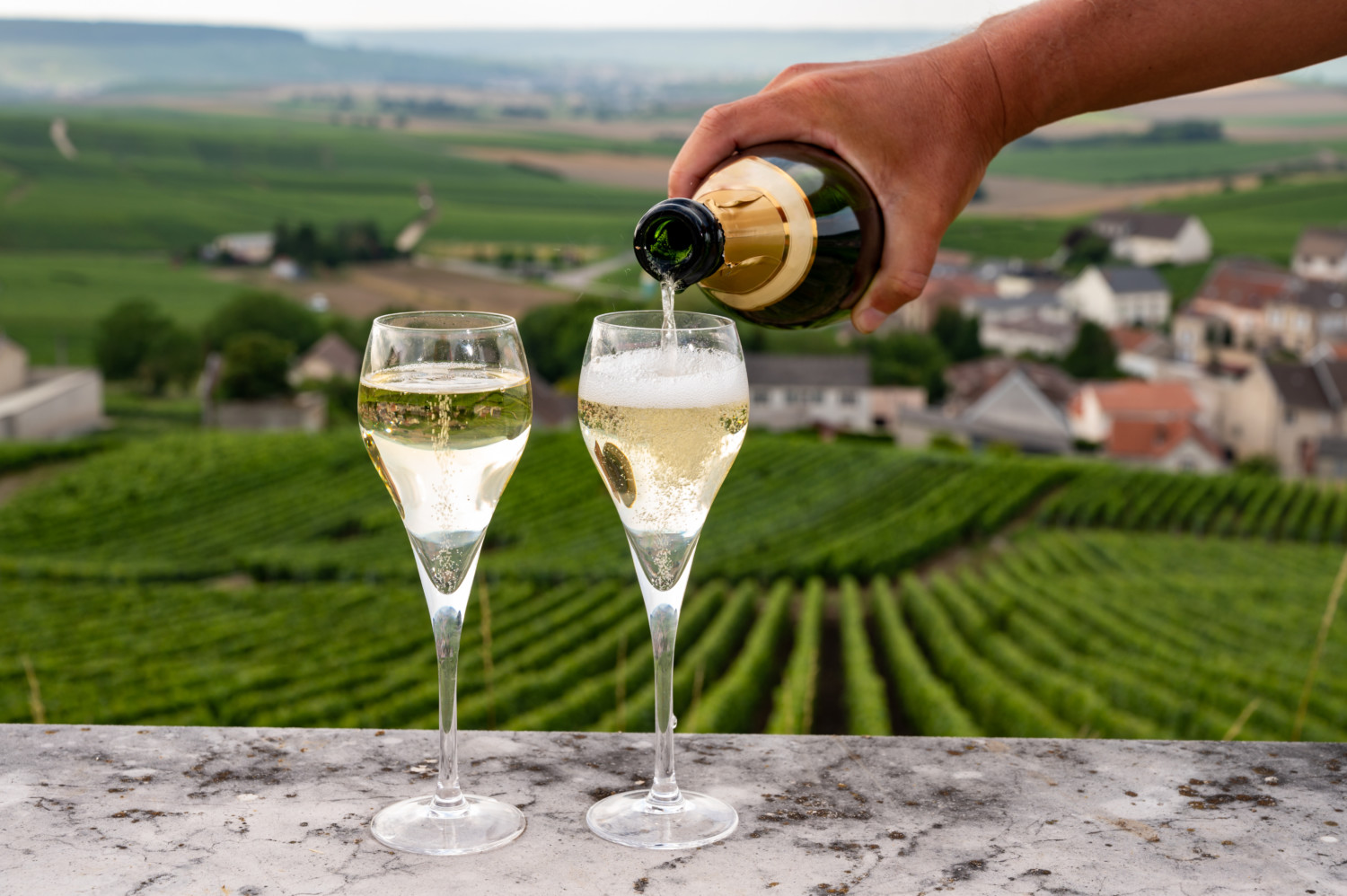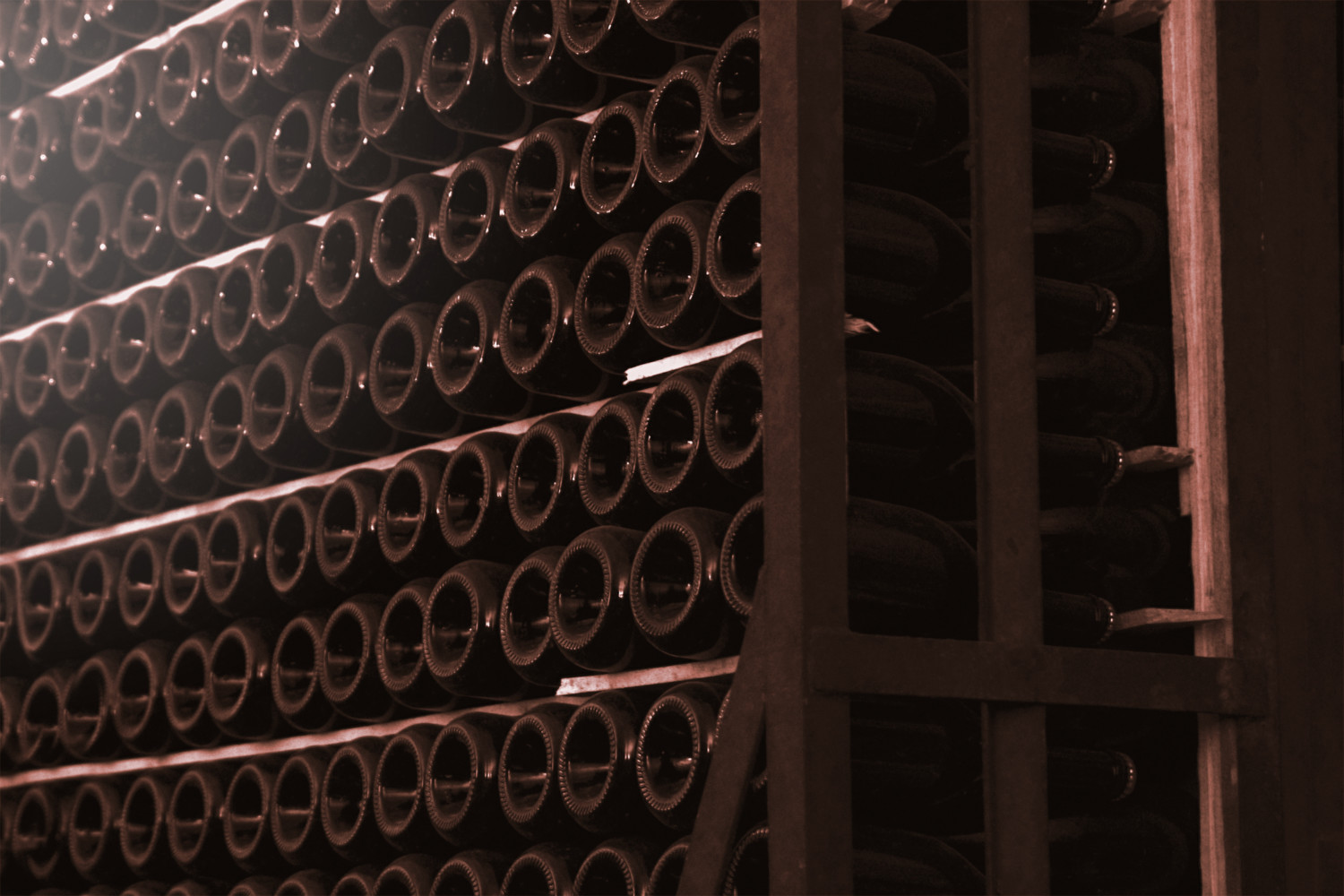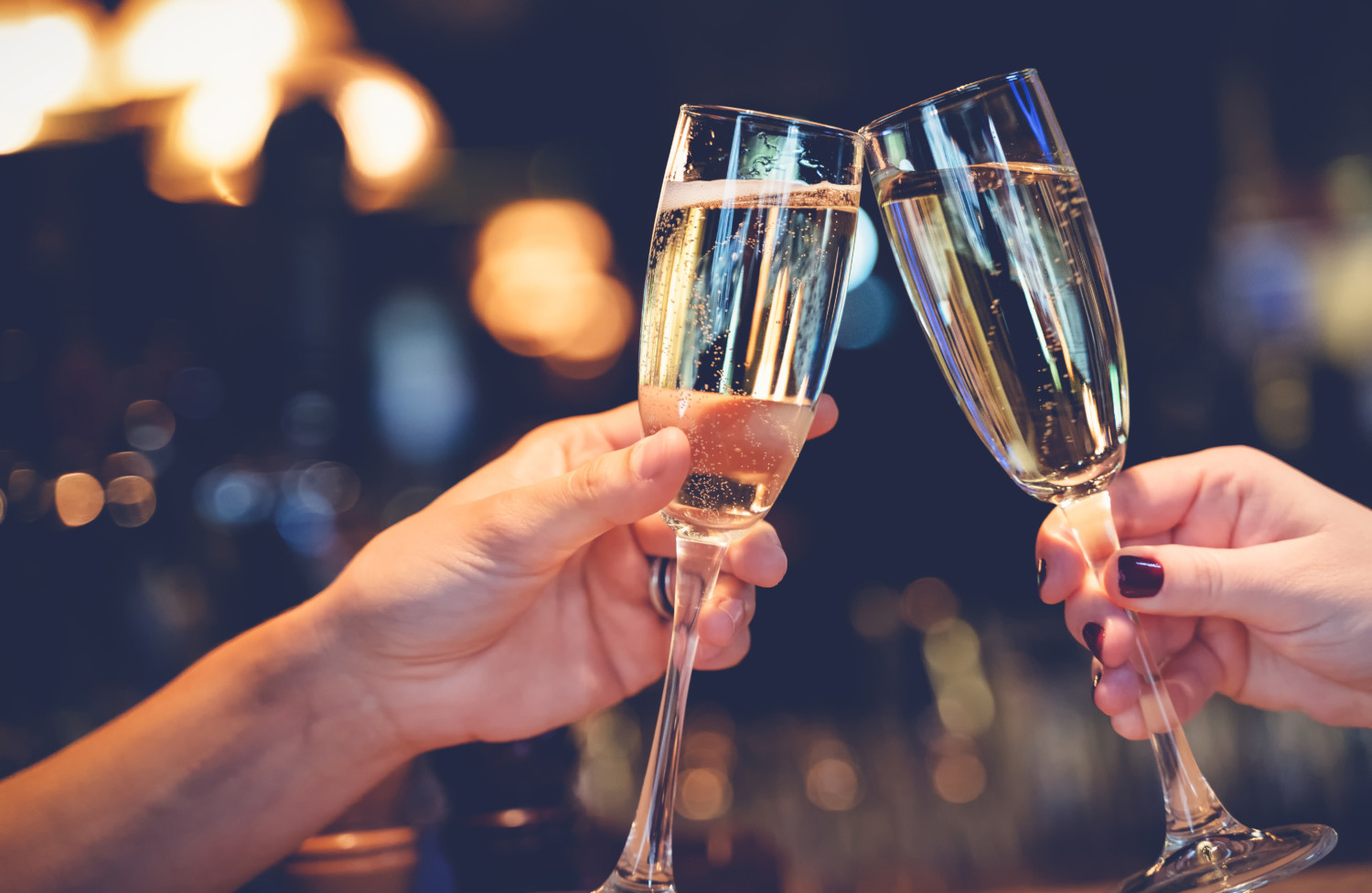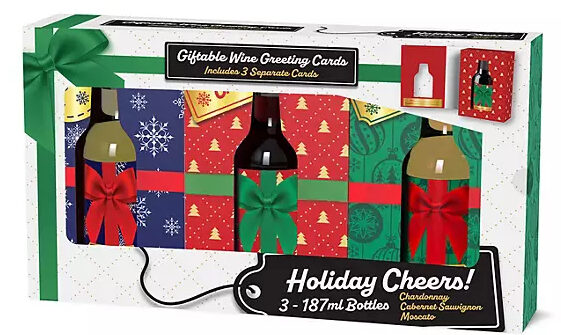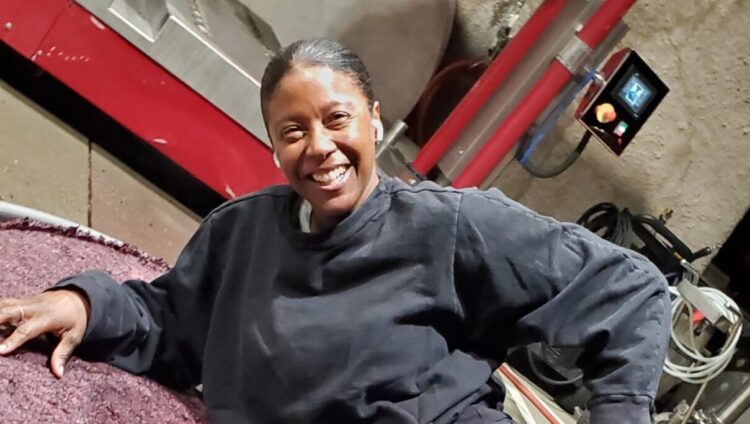Champagne 101: What you should know about bubbly wine
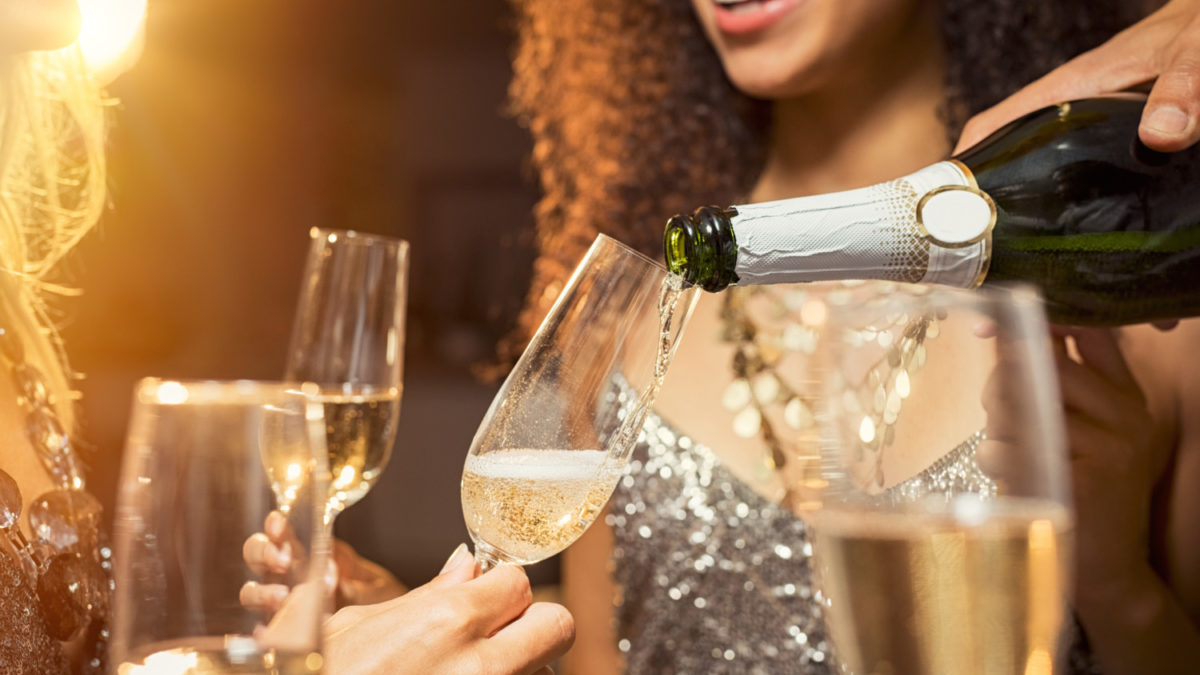
Champagne has long been associated with celebration, making it the alcoholic beverage of choice of New Year’s Day celebrations, weddings, birthdays, anniversaries and more. But this sparkling wine is a complex drink and requires a bit of knowledge to get right.
From its color to its flavor to its bubbly quality, all the elements of champagne contain clues as to its quality. But choosing the perfect bubbly for a festive occasion can feel intimidating because this drink comes in such a wide range of varieties and prices — from $10 to hundreds of dollars per bottle. Knowing more about champagne will help you feel more comfortable when you walk into your local wine ship looking for the perfect sip.
Location, Location, Location
You may have heard that champagne can only be called that if the grapes used to make the sparkling wine have been grown in France. This is true. When it comes to wines, location often plays a role in how well a product is regarded, so winemakers guard their designations fiercely.
Champagnes are produced according to location-based regulations and specifications, governed by an Appellation d’Origine Controlée (AOC) partnership and enforced in the European Union under the Protected Designation of Origin status.
Here’s a handy little phrase to remember: All champagne is sparkling wine, but not all sparkling wine is champagne. Sparkling wines from other regions go by different names, such as prosecco in Italy, cava in Spain and sekt in Germany. In the U.S., a loophole allows some sparkling wines that used the name “champagne” before 2006 to still do so, as long as the geographic origin is clearly stated on the bottle.
How Champagne Is Made
Champagne is crafted from three main types of grapes, one white and two reds: chardonnay, pinot noir and pinot meunier. A traditional method is used to create that lovely effervescence, making sparkling wine one of the most technical wines globally, according to Wine Folly.
The grape juice is first fermented to form a still wine, otherwise known as base wine. Then, it is fermented a second time inside a sealed bottle to allow carbon dioxide to become trapped inside the glass. This requires champagne to be aged, often in caves, for a period of at least 15 months.
Sweet Or Dry?
Grapes are naturally sweet, and their sugar gets converted by yeast into alcohol. The amount of residual sugar left in the wine determines whether the wine is drier or sweeter.
Most commonly, you’ll see bottles of Champagne labeled “Brut” and “Extra Brut.” Brut is fairly dry, but Extra Brut is even drier.
For those who prefer sweeter wine, doux champagne contains the most sugar — generally at least 50-plus grams per liter. Brut refers to bottles with an average of 12 grams less per liter, while Brut Nature is given to bottles that contain just 0-3 grams of residual sugars.
“Brut is the most common. So sec means sweet. So as you’re moving that way from brute down to sec, it’s getting sweeter,” Jim Cunningham, general manager at Merkin Vineyards in Scottsdale, Arizona, told The List, a daily TV show that covers pop culture and lifestyle topics. “Demi-sec is a little sweet. Sec is sweet and doux is extremely sweet.”
How To Serve Champagne
Regardless of your sugar preference, you want to ensure you serve it properly. Cunningham suggests you keep it chilled in a wine fridge at 55 degrees Fahrenheit if you’re keeping it around for more than a couple of days. However, he adds, in the short-term, stashing a bottle in the refrigerator is fine.
“Most wines do not want to be at refrigerator temperature,” the wine expert said. “It’s just a touch too cold and long-term it can actually damage the product.”
Cunningham suggests buying champagne just a day or two before you need it. Refrigerate it, then let it sit on your countertop for at least an hour before you serve.
To open your champagne bottle, remove the foil and untwist the cage on the cork, but leave it on top. (Keep one hand over it in case it pops prematurely.) Rather than twisting the cork, keep a tight grip on it and twist the base of the bottle. Then slowly remove the cork. Pour your sparkling wine out at a 45-degree angle and aim for the side of the glass. This reduces foam.
It doesn’t matter if you serve it in a traditional flute glass or a white wine glass, although some experts say a flute is too narrow to allow enough oxygen into the wine and limits its flavor by blocking aromas to your nose. Champagne is sparkling white wine, after all, so it’s more than fine to serve it in a standard wine glass.
You can watch Cunningham’s full interview with The List here:
Cheers!
By Emily O’Brien, for The List.


